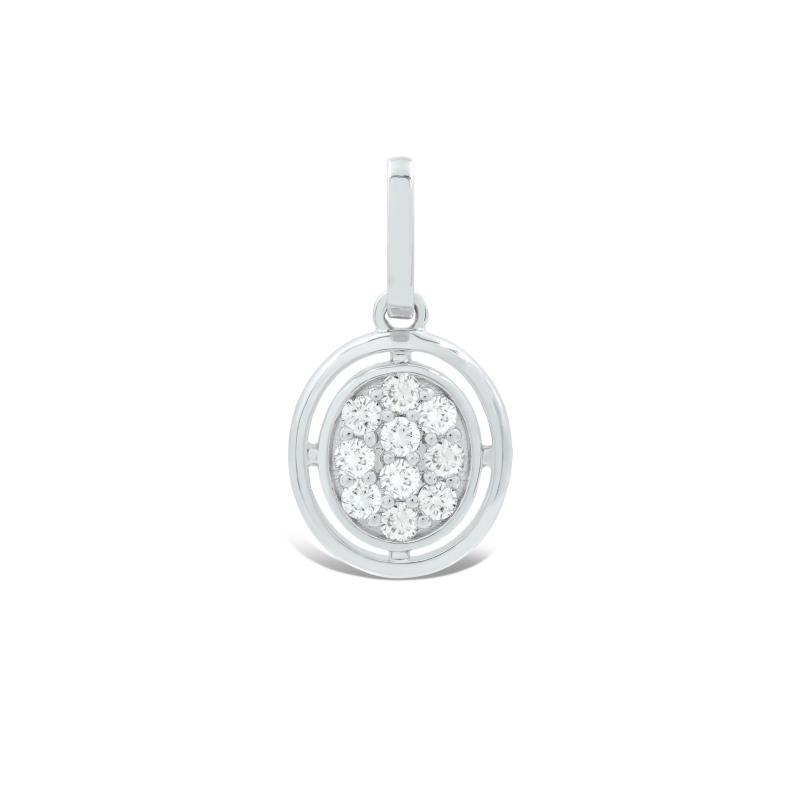Both natural and lab-grown diamonds are stunning, but there are key factors you need to know before making your pick. Let’s dive into the sparkle-filled world of diamonds!
Natural Diamonds vs. Lab-Grown Diamonds
Natural diamonds and lab-grown diamonds may appear similar at first glance, but the differences go far deeper than their physical properties. Formed over billions of years under the Earth’s intense heat and pressure, natural diamonds are unique creations of nature.
Each diamond carries an unrepeatable story, representing authenticity, rarity, and the beauty of imperfection. Their exclusivity and natural origins give them a deep cultural and emotional significance, making them symbols of love, strength, and everlasting commitment.
These gems transcend trends and become cherished heirlooms, tied to life’s most meaningful moments. With their rarity and enduring value, natural diamonds truly stand in a class of their own.
Lab-grown diamonds, while chemically similar, lack the inherent uniqueness and authenticity of natural diamonds. Produced in controlled environments, they do not carry the same emotional resonance or cultural legacy that defines natural diamonds.
The Formation and Mining of Natural Diamonds
Natural diamonds are created deep within the Earth’s mantle over several billion years. Under intense pressure and heat, carbon atoms crystallize into a unique cubic structure. These diamonds are then brought closer to the surface by volcanic activity through kimberlite pipes. However, only about 5% of these pipes contain enough diamonds to make mining economically viable.
The mining process involves extracting diamonds from kimberlite pipes, often requiring large-scale open-pit mining operations. This method presents considerable challenges, such as deforestation, habitat destruction, and soil erosion. The rarity of organic diamonds and the complex and costly mining process add to their high market value. Since the supply of mined diamonds is finite, their value has historically appreciated over time.
Lab-Grown Diamonds: Formation, Characteristics, Sustainability, and Value
Lab-grown diamonds are created using two main methods: High Pressure/High Temperature (HPHT) and Chemical Vapor Deposition (CVD).
- HPHT: This method replicates the natural diamond formation process by subjecting carbon to extreme pressure and heat, ultimately transforming it into a diamond.
- CVD: In this approach, a diamond seed is placed in a chamber filled with heated gases that contain carbon. As the gas breaks down, carbon atoms adhere to the seed, gradually forming a diamond.
Both methods produce diamonds that are chemically, physically, and optically identical to organic diamonds. They possess the same brilliance, fire, and scintillation, making them visually indistinguishable.
From a sustainability perspective, laboratory-grown diamonds offer potential benefits by eliminating the need for mining and reducing land disturbance. Some producers have adopted renewable energy sources, such as solar and wind power, for their production processes. However, it is important to note that creating lab-created diamonds still requires significant energy.
Lab-grown diamonds are generally more affordable than organic diamonds due to shorter distribution networks and more efficient production methods. Despite their identical chemical composition, lab-created diamonds’ future resale value remains uncertain, given the novelty of the technology and the evolving market dynamics.
Which Diamond Is Right for You?
Choosing between a natural diamond and a lab-created diamond ultimately depends on your priorities and values:
- Budget: If maximizing the size of your diamond within a budget is important, man-made diamonds can be a great option. They can cost less than a mined diamond of the same quality, allowing you to get a larger stone for the same price.
- Sentiment: If you value the history and rarity of a diamond created over several billion years, a natural diamond may hold more sentimental value.
- Resale Value: Natural diamonds have historically retained value better, making them a preferred choice if investment potential is a consideration.
Before making a decision, it is advisable to consult with reputable jewelers and gemologists. They can provide personalized advice and offer the opportunity to view diamonds in person, allowing you to appreciate their unique qualities.
Ready to Discover Your Perfect Diamond?
Explore DiamondTalk’s exquisite collection of natural diamond jewelry and find the piece that speaks to you. Start your journey to timeless elegance today!
Frequently Asked Questions (FAQ)
Are synthetic diamonds real diamonds?
Yes, lab-made diamonds are real diamonds. They share the same chemical composition and crystal structure as organic diamonds. The main difference lies in their origin and growth process.
Why are synthetic diamonds more affordable than organic diamonds?
Lab diamonds are produced in controlled environments with advanced technology, which allows for greater efficiency, shorter distribution networks, and a more abundant supply compared to the complex and limited mining of organic diamonds.
Can you tell the difference between lab-grown and natural diamonds?
Lab-grown and mined diamonds are optically identical, making them indistinguishable to the naked eye. Specialized equipment and expert gemological analysis are needed to detect subtle differences in growth patterns and trace elements.
Do laboratory-grown diamonds hold their value like organic diamonds?
Natural diamonds are generally considered a better investment due to their rarity and historical appreciation. The resale market for man-made diamonds is still developing, and their future value remains uncertain. However, both types of diamonds can be beautiful symbols of love and commitment.






















